The Yugo M70, It’s More Than Just Another AK

While in Serbia, I had the opportunity to visit the Old Gun Foundry Museum in Kragujevac, a must-see for anyone interested in the country's industrial and military history. The museum highlights the pivotal role of the Zastava Arms factory, a historic manufacturer of firearms and military equipment in the region. Its exhibits feature a diverse collection of weapons produced over the years, offering a look at the development of Serbian small arms and industry.
One particularly notable firearm in the collection is the Zastava M70. Having previously covered the M64, which laid the foundation for the M70. The M70 became the Yugoslavian variant of the well-known Kalashnikov rifle. Here, we’ll briefly examine the development and historical significance of the M70 rifle, which has become an iconic symbol of Yugoslav military production and hot spots around the globe.
The Gun
The Zastava M70 rifle, often referred to as the "Yugo AK," stands out as one of the most distinctive variants of the famous Soviet AK. Manufactured by Zastava Arms in the former Yugoslavia, the M70 combines the core strengths of the original Kalashnikov with a series of modifications tailored to Yugoslav military doctrines and combat needs. Since its inception in the late 1960s, the M70 has proven to be a robust, reliable, and influential firearm across numerous conflicts and in various military and civilian markets worldwide.
Origins and Development
Evolving from the M64 I previously covered, the M70’s story begins in the mid-1960s, during a period when Yugoslavia sought to reduce its dependence on foreign weapons systems and establish a strong domestic arms industry. Influenced by the Soviet AK, the engineers at Zastava adapted the design to meet local requirements, ultimately producing a rifle that became the standard-issue infantry weapon for the Yugoslav People's Army (JNA).
The initial prototypes of the rifle appeared in the late 1960s, and adoption followed in 1970, when it was designated as the AP M70, or Automatic Rifle Model 1970. Over the years, the rifle underwent several iterations, most notably the M70 and M70B1, which included significant design upgrades and refinements.
Basic design characteristics, though often lumped into the broad category of “AK variants,” the M70 possesses several features that set it apart from its Russian and Eastern European counterparts. The M70B1 reinforced RPK-pattern receiver, unlike the standard AKM’s stamped receiver, features a thicker 1.5mm stamped receiver (compared to the AKM’s 1.0mm) and a bulged front trunnion, similar to that found on the RPK light machine gun. The M70 featured a milled receiver, and the M70B1 transitioned to a stamped receiver. This reinforced receiver was designed to facilitate the integrated rifle grenade capability, strengthening the receiver to withstand the recoil and stress of launching grenades, primarily from muzzle-launched grenades and later from under-barrel grenade launchers.
One of the most distinctive features of the M70 is its integrated rifle grenade launcher system. It includes a ladder grenade sight mounted on the gas block, which was the gas shut-off valve. A detachable muzzle spigot allowed the user to launch 22mm rifle grenades without compromising the gas system. Another interesting feature of the early M70s was an internal mechanical bolt hold-open mechanism that required a proprietary magazine. This feature was later eliminated for the sake of simplicity, replaced by a bolt hold-open magazine follower that held the bolt back only while the magazine was inserted—once removed, the bolt would automatically close.
Combat History
The M70 rifle saw extensive use throughout the Balkans during the Yugoslav Wars of the 1990s. It proved effective in the hands of both regular army forces and paramilitary groups. Its ruggedness made it particularly well-suited to the region’s harsh conditions, from urban combat to mountainous terrain. Beyond the Balkans, the M70 has appeared in numerous global conflict zones, often supplied to allies of the former Yugoslavia or acquired through secondary arms markets. Its combination of AK simplicity and added durability helped solidify its reputation in the hands of irregular forces, militias, and insurgent groups.
Civilian Appeal and Legacy
In the post-Cold War era, Zastava Arms has successfully marketed the M70 rifles to international civilian shooters. Particularly in the U.S., the M70 has earned a loyal following thanks to its solid build quality, aesthetic appeal, and consistent performance, with models like the ZPAP M70 and Balkan Wars M70 parts kits. Collectors and gun enthusiasts often note that M70 rifles exhibit a distinct “overbuilt” quality, except for the short-lived NPAP. While heavier than a standard AKM, this added weight translates to slightly reduced felt recoil and increased longevity, making the M70 an ideal choice for range and training rifles.
Conclusion
The Serbian M70 rifle is more than just another AK clone; it is a reflection of Yugoslavian military philosophy and industrial capability. With decades of combat use, international export success, and enduring popularity among civilian shooters, the M70 has carved out its own identity in the pantheon of Kalashnikov-inspired firearms. Its blend of battlefield reliability, unique features, and classic design ensures that the M70 remains both a practical tool and a collector’s favorite. Whether in the hands of soldiers in the Balkans or enthusiasts at a shooting range, the M70 represents an enduring legacy of Kalashnikov's vision, reimagined through Serbian engineering.
Source: Old Gun Foundry Museum and Museum Guide Brochure.

Lynndon Schooler is an open-source weapons intelligence professional with a background as an infantryman in the US Army. His experience includes working as a gunsmith and production manager in firearm manufacturing, as well as serving as an armorer, consultant, and instructor in nonstandard weapons. His articles have been published in Small Arms Review and the Small Arms Defence Journal. https://www.instagram.com/lynndons
More by Lynndon Schooler
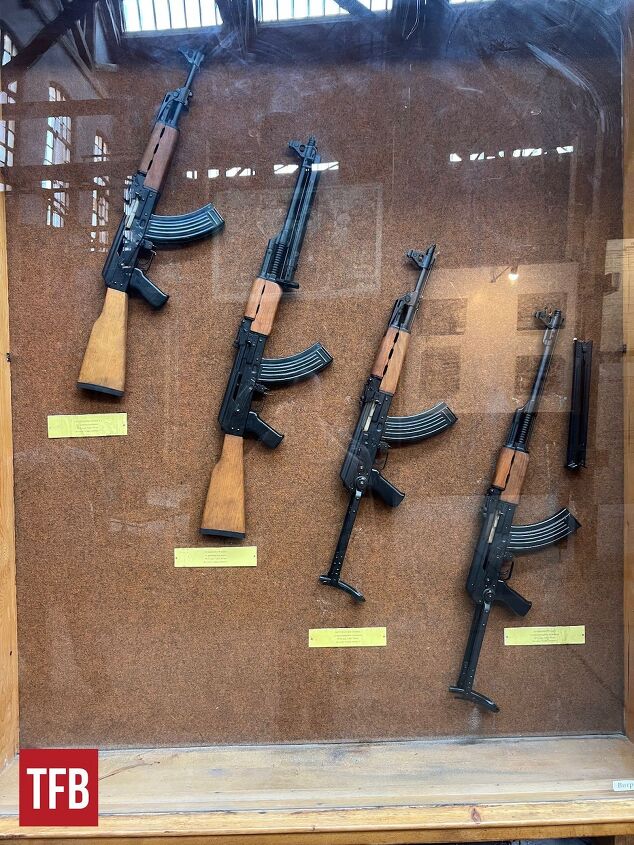






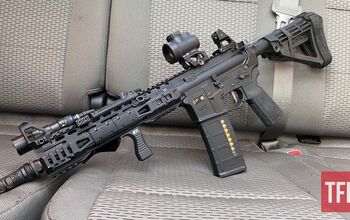
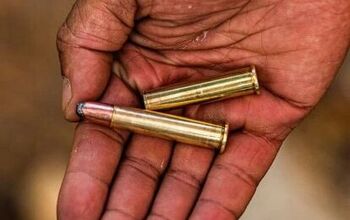
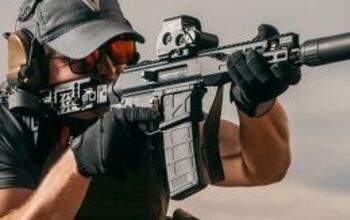
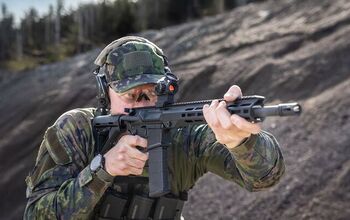
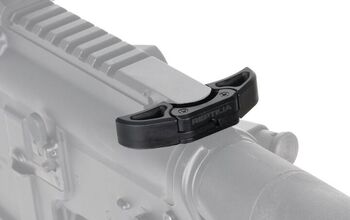

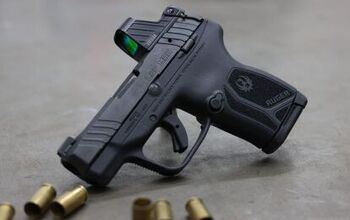
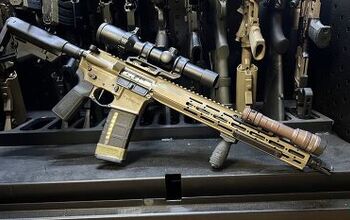

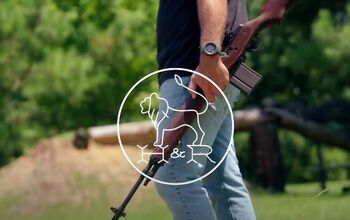
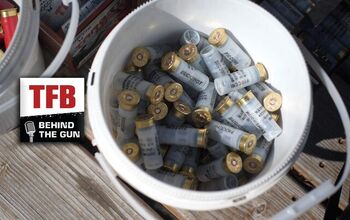
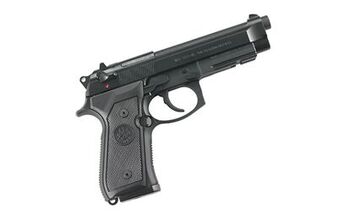
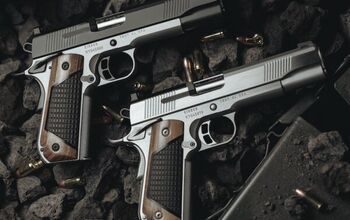

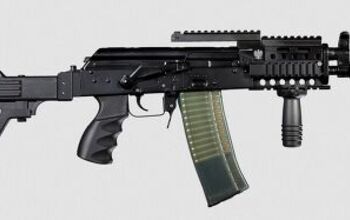
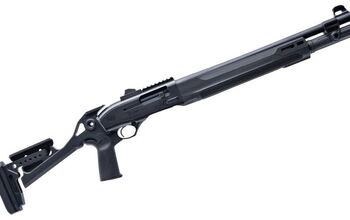
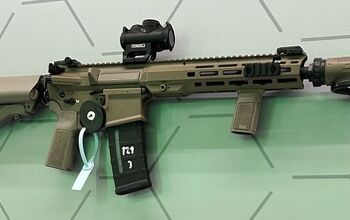
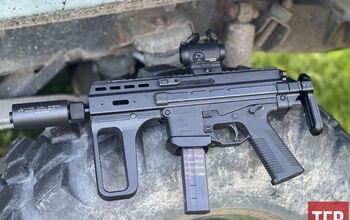
Comments
Join the conversation